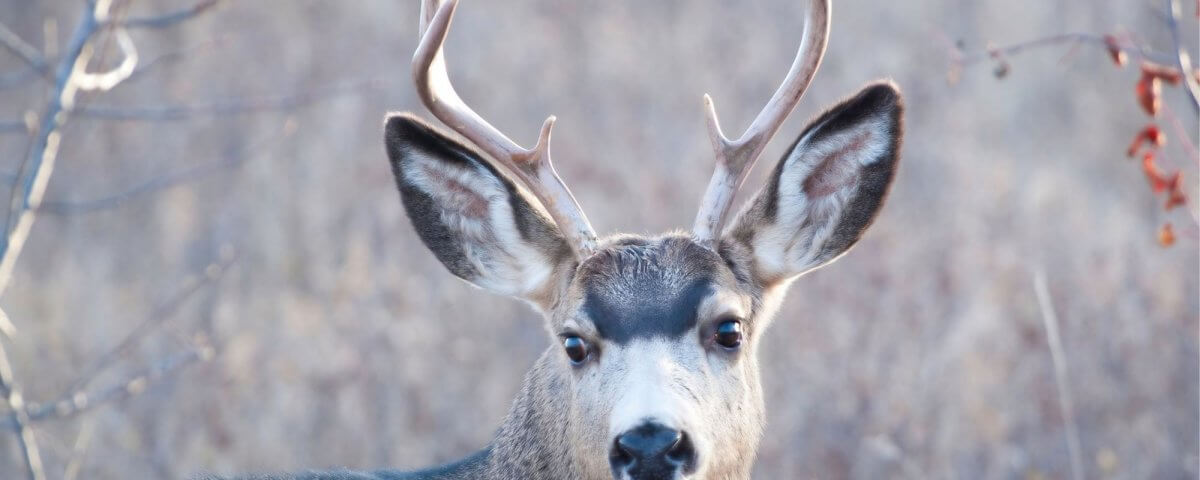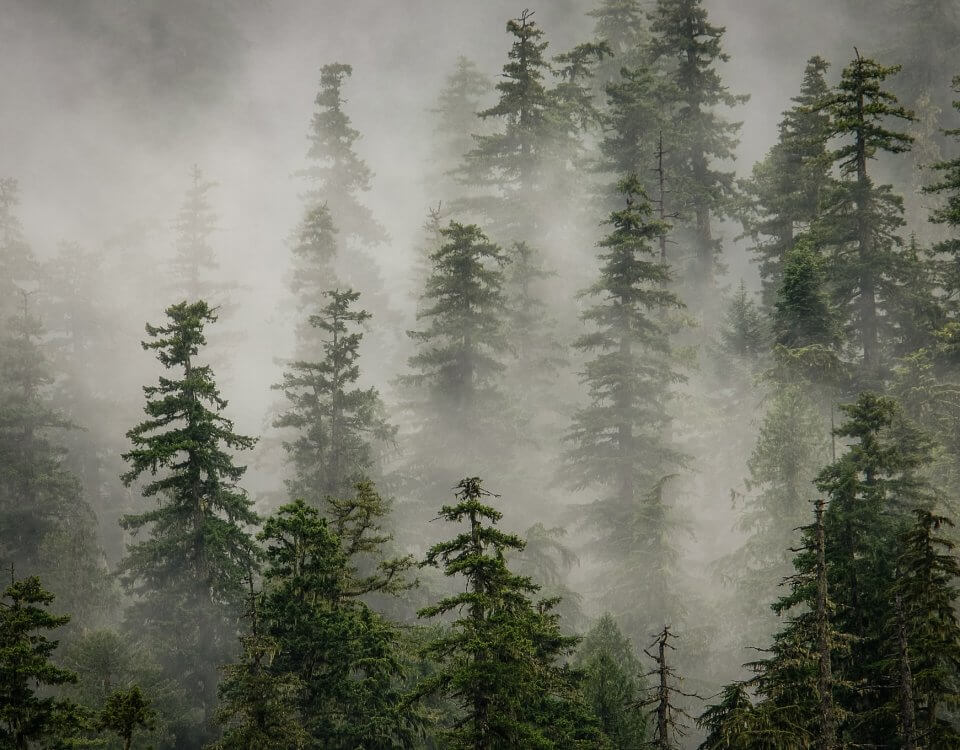The Impact of Local Fires on Wildlife Habitat

Cascadia: Speaker Series and Art Exhibit
August 12, 2021
Protecting Vulnerable Habitat: The Critical Areas Ordinance
August 30, 2021By now, you may have seen the photos of the bear cub, paws and snout burned by the Cedar Creek fire, being rescued by firefighters before being sent to PAWS in Lynwood for recovery. Such a story yields a nearly universal sympathetic response: “Poor bear, poor animals,” we lament, “The fire has destroyed their home.”
In truth, the impact to wildlife and their habitat is as varied and nuanced as the fire itself: for some species such as black-backed, Lewis’s and three-toed woodpecker the fire creates a windfall of food in the form of the wood-boring beetles who are feasting on charred trees. For species such as black bear, severely burned land or burn scars that have reburned can become food deserts, forcing them to leave and crowd into closer contact with humans. Any close look at the impact of fire on habitats has to be examined at a landscape scale and long timeframe: How does this burned area fit in with the larger mosaic of burned and unburned habitats in the Methow? What will it look like ten or twenty years from now? In this article, we focus on a few of our fellow animal residents and how the fire may have impacted their homes. Without being able to see the fire impact up close and not knowing exactly how the landscape will rebound, much of these inferences are based on past wildfires.
Mule Deer: Sticking to their Range
that a significant portion of this year’s fires burned at low to moderate intensity. Over time, this restores forest conditions and enriches the native biodiversity. The spring after a burn like this can produce a flush of range vegetation—luscious bunch grasses and tasty woody forbs that are beneficial to deer. Washington State Department of Fish and Wildlife Biologist, Scott Fitkin, reports that resident mule deer within the Cedar Creek fire perimeter have not relocated. These mule deer are “sticking to their relatively tight summer home ranges even in the face of wildfire,” which may indicate that enough grasses and shrubs went unburned within the fire perimeter to provide ample forage. Unlike the high intensity Carlton Complex fires, where a huge amount of bitterbrush winter range was lost, the Cedar Creek and Cub Creek fires have mostly burned timber at higher elevations in the upper Methow Valley rather than shrub steppe. The larger concern for mule deer this summer was drought and heat. Fitkin explains, “we should be less concerned about the fires impact and more concerned about how drought, dryness and heat over the last couple of summers has stunted summer range quality that truly drives mule deer herd productivity.
Responding to Regeneration: Woodpeckers and Ungulates
Some areas in this summer’s fires burned at a high intensity—charring trees and burning through all of the understory. This returns the landscape to an early seral stage—a full reset—a moon-like-scape you’d see following a lava flow or a catastrophic flood. In wetter zones, willow and aspen shoots proliferate from the charcoal and ash, making for rich, nutritious browsing for years to come for ungulates such as moose, big horn sheep and mountain goats.
Up in the trees, woodpecker species thrive in regenerating forest habitats. The Black-backed, American three-toed and Lewis’s woodpeckers have been seen returning to burned landscapes while they are still smoldering. They immediately begin foraging on the bark and wood-boring beetles which are in turn feasting on the dead and dying trees (and helping to break them down).
Canada Lynx: A complex story in a fragile system
Although Canada lynx habitat can emerge from old fires, it often takes over two decades for prime habitat to establish. Areas that burned from the mid 1990s to the mid 2000s are just beginning to see snowshoe hare, the lynx’s primary food source, return in sufficient numbers to support them. With the number of high severity fires we’ve had in the last two decades, quality lynx habitat has been reduced. However, low to moderate severity fires such as we had this summer, have the potential to create lynx habitat in the long term. A 2017 study (Vanbianchi, Murphy, & Hodges) found that lynx have made use of the 2006 Tripod Fire (175,184 acres) burn scar. Lynx have also been observed in decade old burn scars in the Sawtooths. This highlights the importance of low to moderate severity fires that create a mosaic of not-burned trees, dead trees, and scattered-to-dense patches of young regenerating trees.
Black Bear: Hungry before winter, berries before too long
We return to the fate of the baby black bear’s habitat. Fire can have an immediate impact on some of the bear’s primary food sources before winter— berry producing shrubs, especially huckleberries. Bears appetites are biologically programmed to keep them power-eating into the fall to put on a thick layer of fat before they hibernate for the winter. Burned areas can become food deserts from which bears may relocate. Fitkin reminds the community to be “bear smart” for the remainder of this summer, fall and next spring, as bears reeling from food shortages may be looking to get into garbage and pet food (see the Bear Aware campaign about why it’s not good to get bears habituated to this food source in the long-term.) If the bears can glean enough from a mosaic burn to get them through winter though, in the next few years they may have a summer bounty as berry shrubs regenerate.
Fire does not universally destroy or create wildlife habitat. It creates gradations, a patchwork of habitat for different species at different times. It remains to be seen how this year’s fires will stitch into this patchwork. Our wildlife’s adaptation and resilience around fire should be a reminder that fire is a part of this landscape and always will be.


